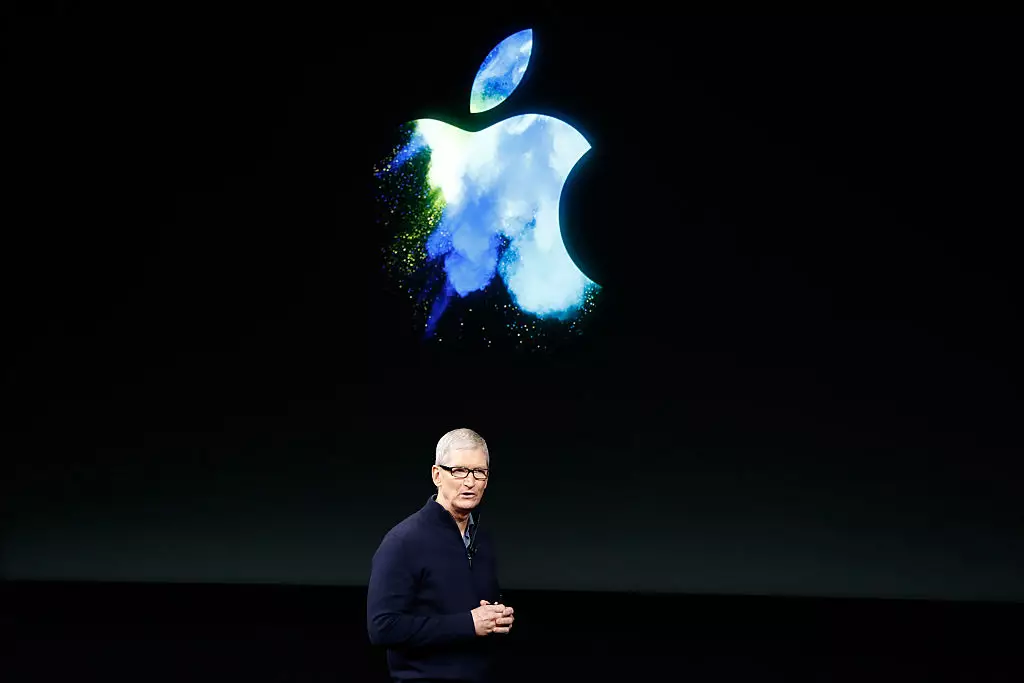In an era where economic fluctuations can send shockwaves through industries, Apple Inc. remains a titan of resilience. The company’s announcement of a $900 million tariff cost in the recent quarter may seem daunting at first glance. However, with first-quarter revenues soaring to an impressive $95.4 billion, one might wonder if this conspicuous fee truly poses a significant threat to the tech giant’s financial fortitude. Indeed, for a corporation of Apple’s stature, such tariff fees, while substantial, barely scratch the surface of its expansive profitability — illustrated by an earnings per share record of $1.65.
Strategic Sourcing: A Shift Towards Global Diversification
The critical question that hangs in the air is how Apple plans to tackle ongoing tariff pressures while maintaining pricing stability. CEO Tim Cook’s response offered a beacon of optimism to consumers and tech startups alike. By diversifying its supply chain and shifting a greater portion of iPhone manufacturing to India and Macs to Vietnam, Apple has demonstrated proactive leadership in mitigating the impact of increased tariffs. This strategy not only eases the financial burden associated with importing from tariff-heavy regions like China but also embraces a global sourcing approach that enhances operational flexibility.
Understanding the Impact on Consumers and Businesses
Despite the favorable strategies employed by Apple, the question of whether consumers and businesses should buy their products now or wait remains critical. Tariffs undeniably affect more than just the initial sale price; they can ripple through supply chains, affecting quality, availability, and service. With the accessories sector bearing the brunt of the tariff burden—reportedly facing a staggering 145% increase—it raises concerns about the future costs of repairs and related services, particularly for users reliant on AppleCare.
Yet, Cook refrained from signaling impending price hikes in response to these tariffs, which instills a sense of confidence among prospective buyers. His assurance that Apple is actively engaged in tariff discussions indicates that the company is not merely a passive player in this game but is seeking to shape the outcome. This is a sharp contrast to how many corporations respond to tariffs, often accepting them as an inevitable aspect of trade.
Engagement in Policy: Apple’s Broader Vision
What stands out is Apple’s commitment to engagement with governmental protocols surrounding tariffs. By taking a stand, the company aims to influence negotiations and considerations regarding technology imports, particularly semiconductors that are foundational to its devices. Such involvement not only bodes well for Apple’s future but also reflects a broader corporate ethos of responsibility and active participation in public discourse.
In an increasingly complex landscape characterized by geopolitical tensions and shifting economic policies, Apple’s ability to adapt and innovate ensures that the company not only survives but thrives. Rather than cowering under tariff-related pressure, Apple appears poised to leverage its resources and influence to champion a sustainable and prosperous future for its products and users worldwide. The questions surrounding pricing and tariffs will undoubtedly remain at the forefront of discussions, but Apple’s strategic maneuvers illustrate a corporate philosophy that prioritizes resilience and innovation.

